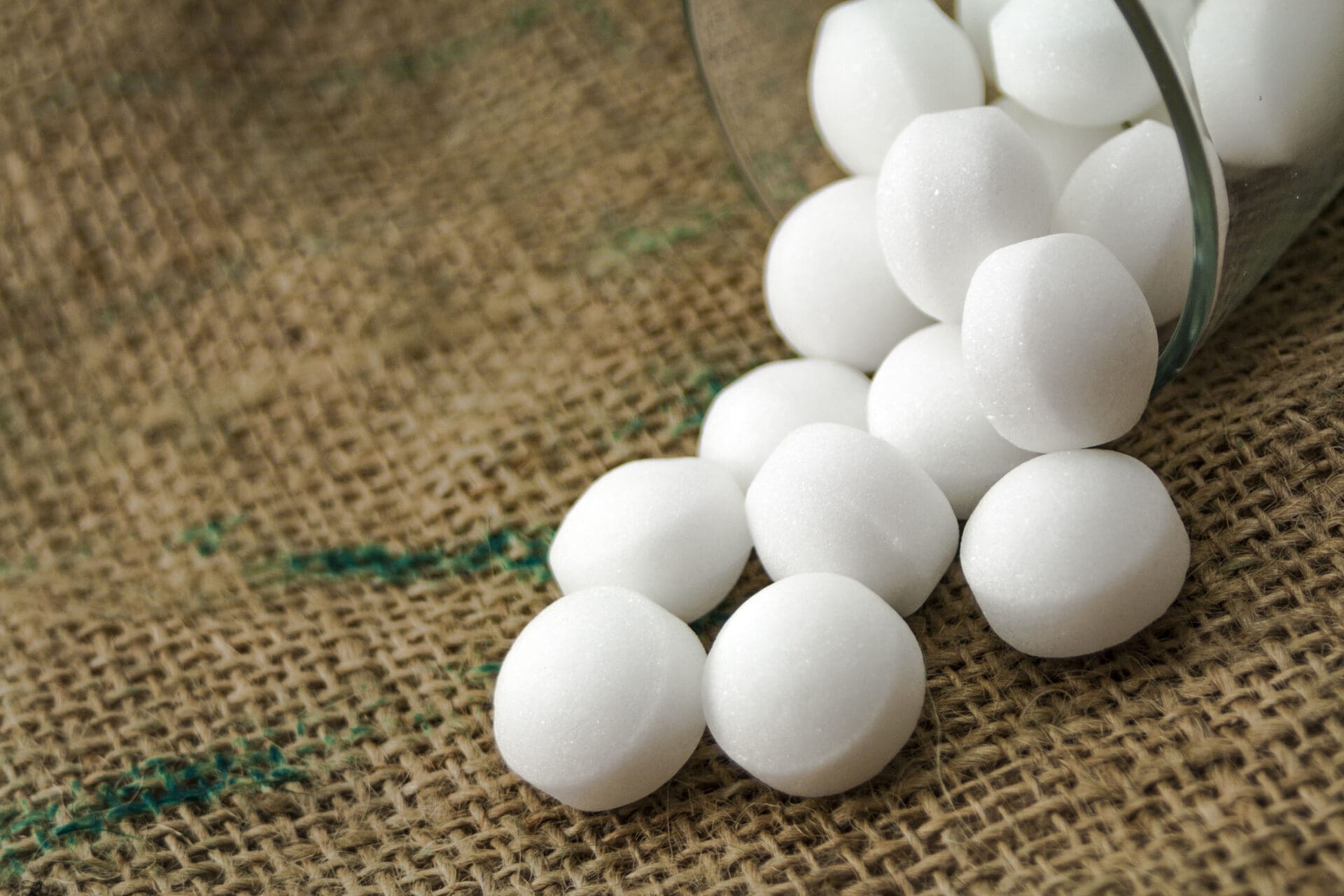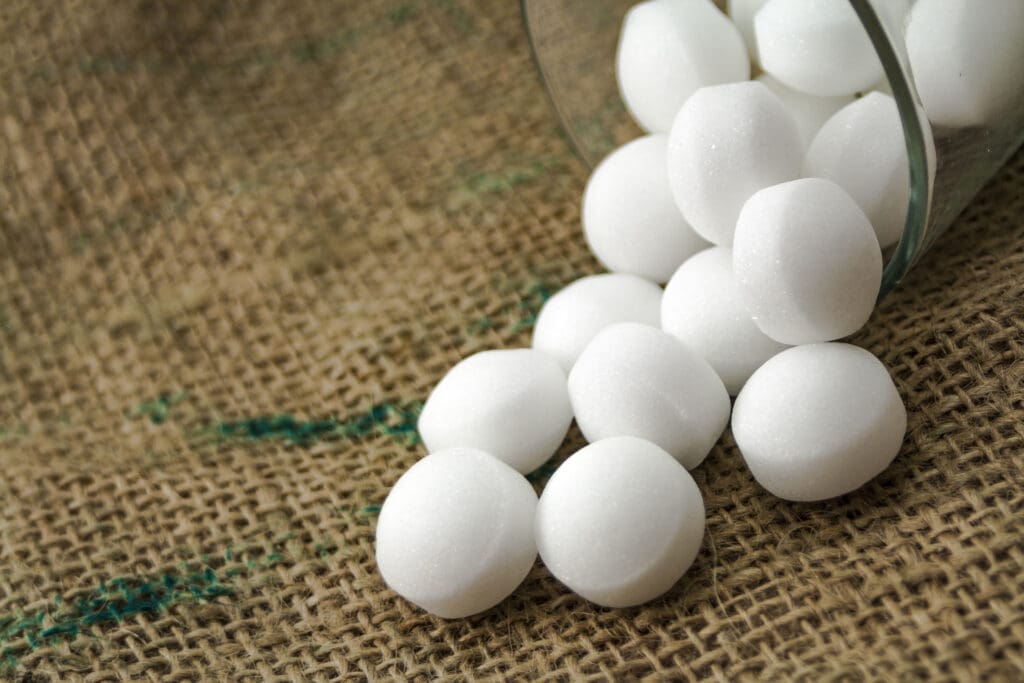
Naphthlene (C₁₀H₈) is the simplest polycyclic aromatic hydrocarbon (PAH). It is a white crystalline solid with a strong, characteristic odour detectable at concentrations as low as 0.08 ppm. As a flammable organic compound, naphthlene consists of two fused benzene rings.
The primary source of naphthlene is coal tar, a by-product of coal distillation. It is also produced during the burning of fossil fuels, wood, and tobacco, making it a common component of cigarette smoke and vehicle exhaust.
Naphthlene is widely used in industrial and commercial applications, including:

Short-term exposure to naphthlene can cause:
Long-term exposure may lead to:
Use the following personal protective equipment when handling naphthlene:
Personal Protection in Case of a Large Spill:
Note: suggested protective clothing might not be sufficient; consult a specialist BEFORE handling this product.
| Exposure Limit | Limit Values | HE Codes | Health Factors and Target Organs |
|---|---|---|---|
| OSHA Permissible Exposure Limit (PEL) - General Industry See 29 CFR 1910.1000 Table Z-1 | 10 ppm(50 mg/m3) TWA | HE3 | Cataracts, jaundice, bloody urine, kidney and liver damage |
| HE7 | Headache, tiredness, confusion Target organs: Brain, central nervous system | ||
| HE12 | Haemolytic anaemia | ||
| HE14 | Marked eye and skin irritation | ||
| OSHA PEL - Construction Industry See 29 CFR 1926.55 Appendix A | 10 ppm(50 mg/m3) TWA | HE3 | Cataracts, jaundice, bloody urine, kidney and liver damage |
| HE7 | Headache, tiredness, confusion Target organs: Brain, central nervous system | ||
| HE12 | Haemolytic anaemia | ||
| HE14 | Marked eye and skin irritation | ||
| OSHA PEL - Shipyard Employment See 29 CFR 1915.1000 Table Z-Shipyards | 10 ppm(50 mg/m3) TWA | HE3 | Cataracts, jaundice, bloody urine, kidney and liver damage |
| HE7 | Headache, tiredness, confusion Target organs: Brain, central nervous system | ||
| HE12 | Haemolytic anaemia | ||
| HE14 | Marked eye and skin irritation Target organs: Eyes, skin | ||
| National Institute for Occupational Safety and Health (NIOSH) Recommended Exposure Limit (REL) | 10 ppm(50 mg/m3) TWA 15 ppm(75 mg/m3) STEL | HE3 | Jaundice, blood in urine, renal shutdown, optical neuritis, corneal damage |
| HE7 | Headache, confusion, excitement Target organs: Brain, central nervous system | ||
| HE14 | Eye irritation | ||
| American Conference of Governmental Industrial Hygienists (ACGIH) Threshold Limit Value (TLV) (2001)* | 10 ppm(52 mg/m3) TWA 15 ppm(79 mg/m3) STEL Skin; A4 | HE3 | Ocular toxicity (cataracts, optical neuritis, lens opacities, retinal degeneration), jaundice, renal failure |
| HE7 | Headache Target organs: Brain, central nervous system | ||
| HE12 | Haemolytic anaemia | ||
| HE14 | Marked eye and respiratory tract irritation | ||
| CAL/OSHA PELs | 10 ppm(50 mg/m3) TWA 15 ppm (75 mg/m3)STEL | HE3 | Ocular toxicity (cataracts, optical neuritis, lens opacities, retinal degeneration), jaundice, renal failure |
| HE7 | Headache Target organs: Brain, central nervous system | ||
| HE12 | Haemolytic anaemia | ||
| HE14 | Marked eye and respiratory tract irritation |
Safe Work Australia: For naphthlene, the eight-hour time weighted average (TWA) exposure limit is 10 ppm or 52mg/m3. The short term exposure limit (STEL) concentration should not to exceed 15ppm or 79mg/m3.